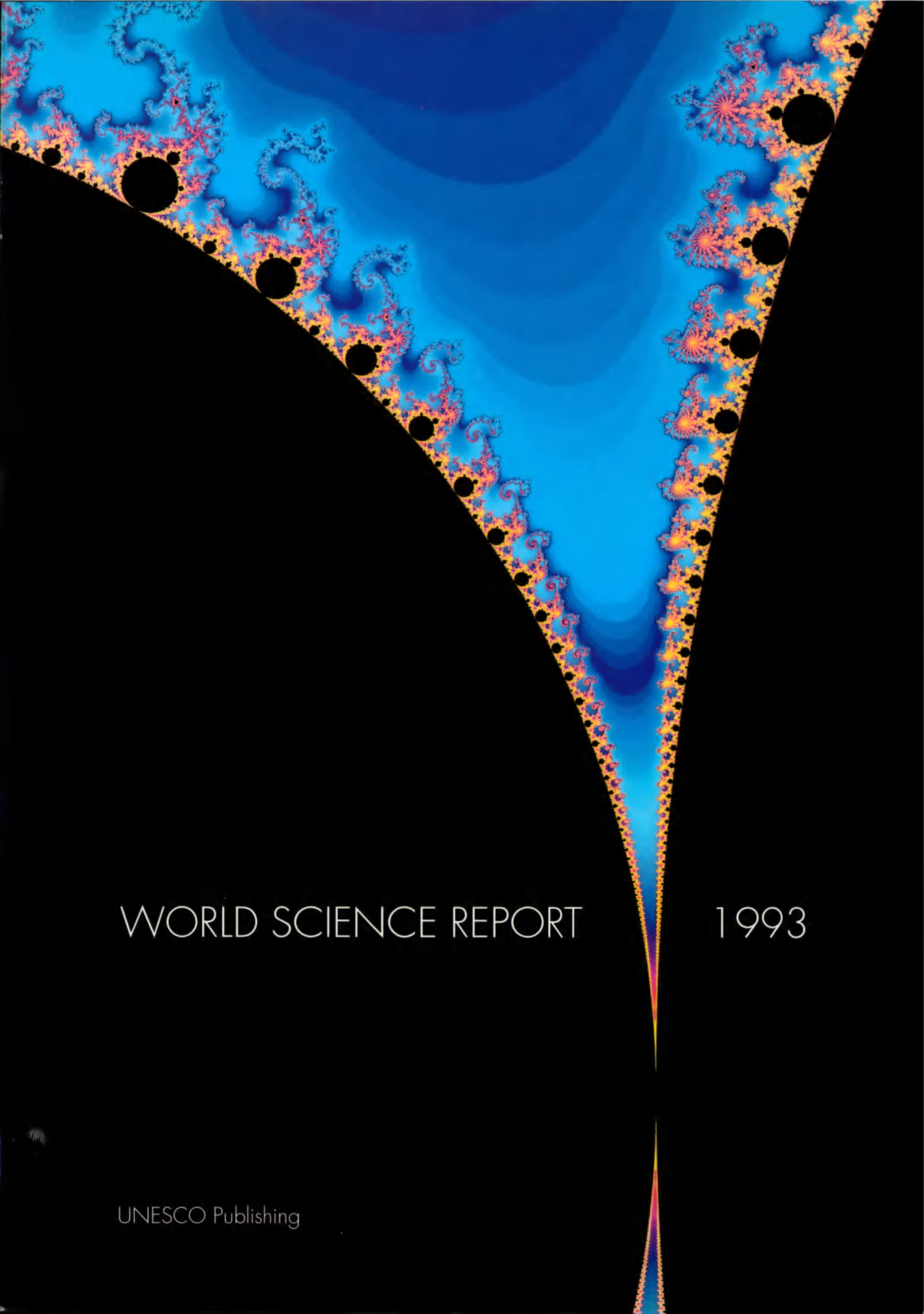- Home
- Books
- World Science Report 1993
- Chapter
The Arab States

- Author: Fakhruddin A. Daghestani
- Main Title: World Science Report 1993 , pp 74-85
- Publication Date: July 1993
- DOI: https://doi.org/10.18356/9789210059107c009
- Language: English
The political awakening of the Arab Region after the Second World War was accompanied by a resolve to build modern states relying on science and technology (S&T) and to cooperate among themselves to achieve a high degree of collective self-reliance and economic integration. If the management of affairs is judged by results, the Region today can be considered as an economic failure due to economic fragmentation, poor interregional trade, overreliance on technological trade, and weakness in endogenous S&T capacity. Indicators show that in 1990 the average adult illiteracy ratio in the Arab States was 42%. Enrolment ratios at the second and third levels of education were 52% and 13% respectively, while enrolment in technical schools was only 12% of those at the second level. On the other hand, around 68% of university undergraduates are enrolled in the social sciences and humanities, leaving only 32% spread over all other fields of science. Research and development (R&D) activities are still limited, since the full-time equivalent (FTE) number of researchers is around 318 per million population while the R&D investment is around 0.75% of the 1990 gross national product (GNP). Science is a powerful instrument for accelerating development, but if science is needed to effect change in Arab society, this society has to introduce within itself the changes required to create an environment in which science can grow.
-
From This Site
/content/books/9789210059107c009dcterms_title,dcterms_subject,pub_keyword-contentType:Journal -contentType:Contributor -contentType:Concept -contentType:Institution105

